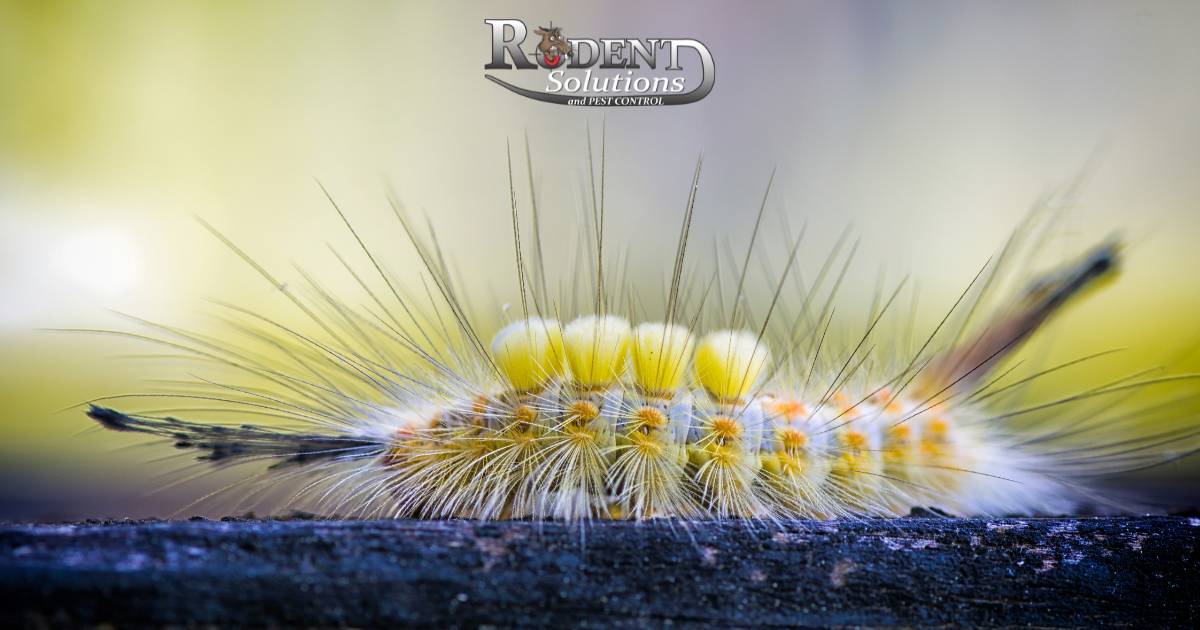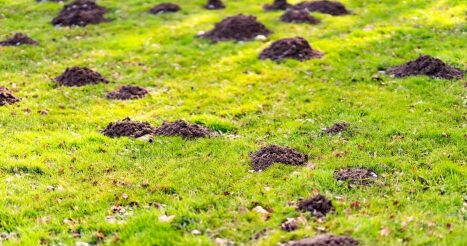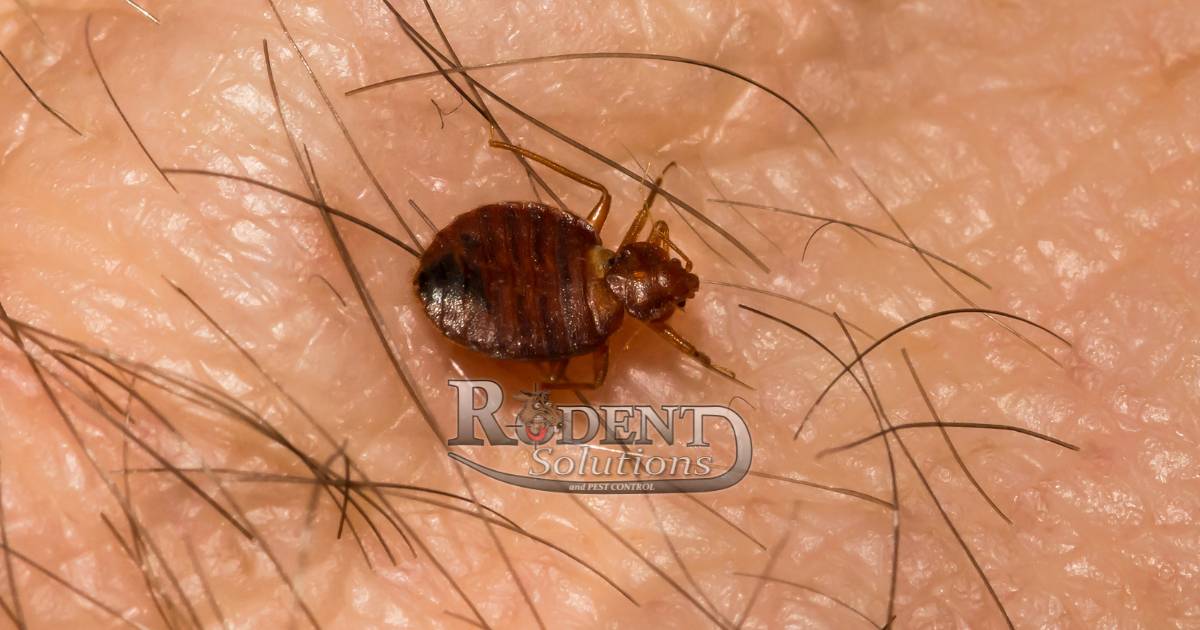Rodent-Proofing your Sarasota home or business is what we specialize at, The degree of a structure’s susceptibility to rodent infestation depends on several considerations that require a professional such as Rodent Solutions who is knowledgeable and experienced in construction and rodent exclusion.
Rats and mice cause serious damage to all kinds of structures if they are allowed access to them, so rodent proofing your Sarasota home or business is important. Damage by rodents has been documented in homes, apartments, hotels, office complexes, retail businesses, manufacturing facilities, food processing and warehouse facilities, public utility operations, farm and feed storage buildings, and other structures. Rodents cause damage to older buildings as well as new buildings. Ornamental plantings, accumulation of refuse, woodpiles, and other such sources of harborage and food are more quickly invaded and occupied by rodents when adjacent to an established rodent habitat.
Rodents destroy insulation, electrical wiring, plumbing, and other structural components of buildings. Insulation damage alone may amount to a loss of several thousand dollars in only a few years. Energy loss from damaged buildings results in added annual costs in commercial buildings. Rodent-induced fires are estimated to be the cause of 20-25% of all fires from undetermined sources. They damage electrical wiring or nest building in electrical panels cause loss of property and threaten human safety.
Rodents also serve as vectors or reservoirs of a variety of diseases that are transmittable to humans. Additionally, they may be sources of swine dysentery, brucellosis, sarcoptic mange, and tuberculosis, all of which affect livestock or pets.
The most effective means of limiting rodent damage is rodent-proof construction improvements. New buildings are often not built to prevent rodent entry. Rodent-proofing is a good investment for this reason.

Physical Abilities of Rats and Mice
To prevent rodent entry, their capabilities must be understood.
Both rats and mice can:
-
- run along or climb electrical wires, pipes, fences, poles, ropes, cables, vines, shrubs, and trees to gain entry to a building
-
- climb almost any rough vertical surface, such as wood, brick, concrete, weathered sheet metal, and many plastic products;
-
- crawl horizontally along or through pipes, augers, conveyors, conduit, and underground utility and communications lines;
-
- gnaw through a wide variety of materials, including lead, window screens, wood, rubber, vinyl, fiberglass, plastic, and low-quality concrete or concrete block.
Rats can:
-
- crawl through or under any opening higher or wider than 1/2 inch (1.3 cm);
-
- climb the outside of vertical pipes and conduits up to 3 inches (7.6 cm) in diameter; climb the outside of larger pipes attached to buildings by bracing themselves between the wall and the pipe; climb the inside of vertical pipes, wall voids, or seams and joints between 1 1/2 and 4 inches (3.8 and 10.2 cm) in diameter;
-
- jump from a flat surface up to 36 inches (91 cm) vertically and as far as 48 inches horizontally;
-
- drop 50 feet (15 m) without being seriously injured;
-
- burrow straight down into the ground for at least 36 inches (91 cm);
-
- reach as high or wide as 13 inches (33 cm);
-
- swim as far as 1/2 mile (800 m) in open water, dive through water traps in plumbing, and travel in sewer lines against a substantial water current. In areas where high rat populations exist, it is common for rats to enter buildings through toilets and uncovered drains.
Mice can:
-
- enter openings larger than 1/4 inch (0.6 cm);
-
- jump as high as 18 inches (46 cm) from a floor onto an elevated surface;
-
- travel considerable distances crawling upside-down along screen wire;
-
- survive and reproduce at a temperature of 24oF (-4oC) if adequate food and nesting material are available.
-
- Many structures have inherently similar rodent entry areas due to similarity in design (particularly entry and service areas), utility sources, and building equipment. For the sake of simplicity, we have attempted to group similar structures and settings.
By gnawing, rats can gain entry through any opening greater than 1/2 inch (1.3 cm) across, and mice through any opening larger than 1/4 inch (0.6 cm). The paired front (incisor) teeth of rats and mice curve slightly inward. When given a rough surface or an edge to bite into, they can quickly gnaw into most materials.
Commercial Office Buildings, Hotels, Hospitals, and Retail Stores.
Rodents infest commercial buildings frequently. are constructed from types of materials and design methods that vary greatly in the degree of susceptibility to rodent infestation (for example, metal and concrete versus wood). Most structures eventually become less rodent proof due to deterioration, alteration, or repair. Heating, air conditioning, plumbing, electrical service, and fire sprinklers provide some of the most commonly encountered rodent entry points.
Neoprene seals, spray-in-place foam, and similar products commonly used to close openings are not rodent proof. Even in new buildings, utility pipes, electrical conduit (often at meters or circuit breaker panels), water and gas lines, and communication cables generally have large openings that permit entry of mice and rats. Once rodents have entered walls, they generally have ready access to much of a building via holes for utility pipes and wires in the framing, and via overhead suspended ceilings or other types of construction adjacent to utility enclosures.
Specific problem areas include poorly sealed heating and air conditioning ducts; roof and wall vents installed without strong, well-attached hardware cloth screening; roof and wall joints and edges without properly installed metal flashing; and doors hung unevenly or too high, or lined with unprotected soft rubber weather stripping. Refuse and food handling areas are likely to have the greatest rodent pressure. In older buildings, cracks in concrete slabs, brick and concrete block walls, or worn or damaged drain covers allow rodent entry. Air and elevator shafts and laundry chutes also merit close inspection.
If you need help rodent-proofing your Sarasota home or business, we the pest control company for the job.

Pest/Wildlife Control 15 Years
Construction for 13 Years
Pest Control License JB299099
Wildlife License LW203605
Pest Management University: Founders and Masters
AAS Degree in Drafting Design with a Concentration in Building Construction
NWCOA Member (National Wildlife Control Operators Association)
NWCOA Rodent Standard Certified
NWCOA Bat Standard Certified
NCWOA Certified Urban Bird Management Operator
NWCOA Zoonotic Disease Standard Certified
Member of the National Pest Management Association (NPMA)
Bird Barrier Certified Installer
Bird-B-Gone Authorized Installer
OSHA 10 Training Completed for the Construction Industry
Aerial Lift Certified
Fall Protection Certified




